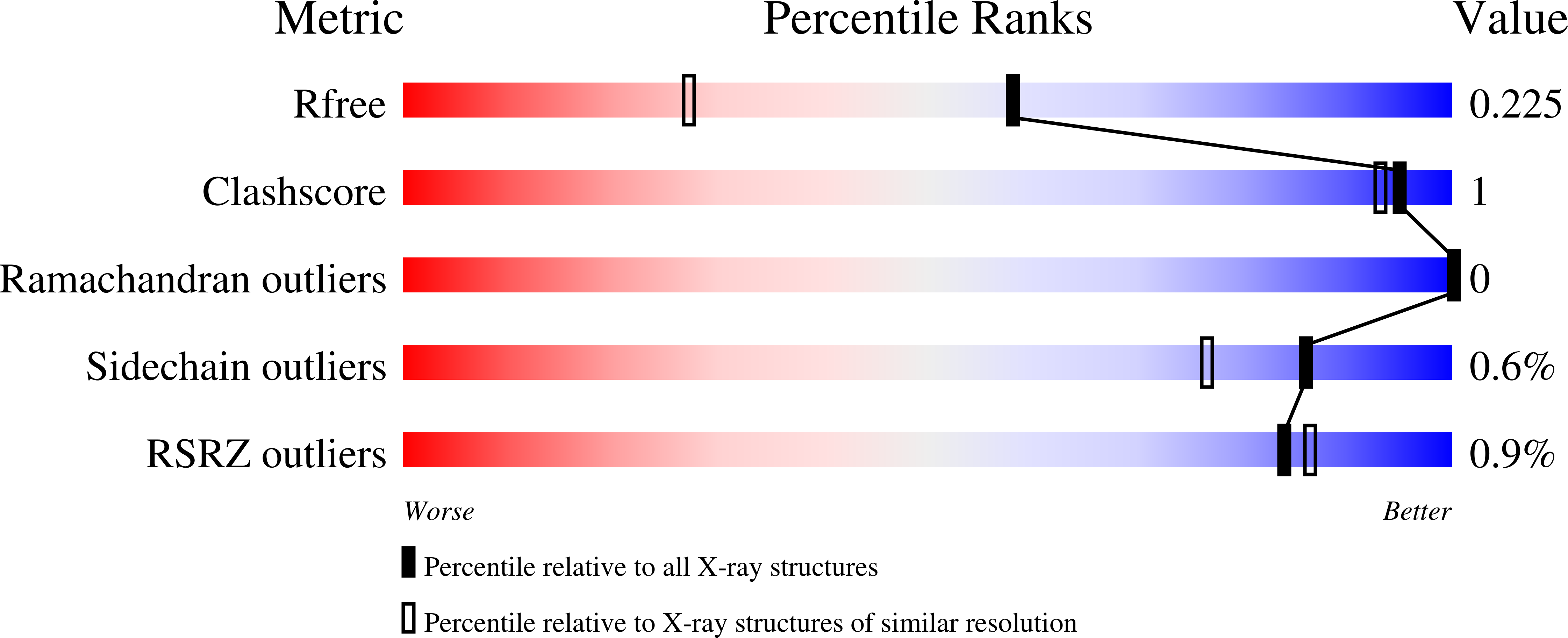
Deposition Date
2019-11-06
Release Date
2019-12-04
Last Version Date
2024-10-09
Entry Detail
PDB ID:
6TCX
Keywords:
Title:
Papain bound to a natural cysteine protease inhibitor from Streptomyces mobaraensis
Biological Source:
Source Organism:
Carica papaya (Taxon ID: 3649)
Method Details:
Experimental Method:
Resolution:
1.65 Å
R-Value Free:
0.22
R-Value Work:
0.19
Space Group:
P 21 21 21


